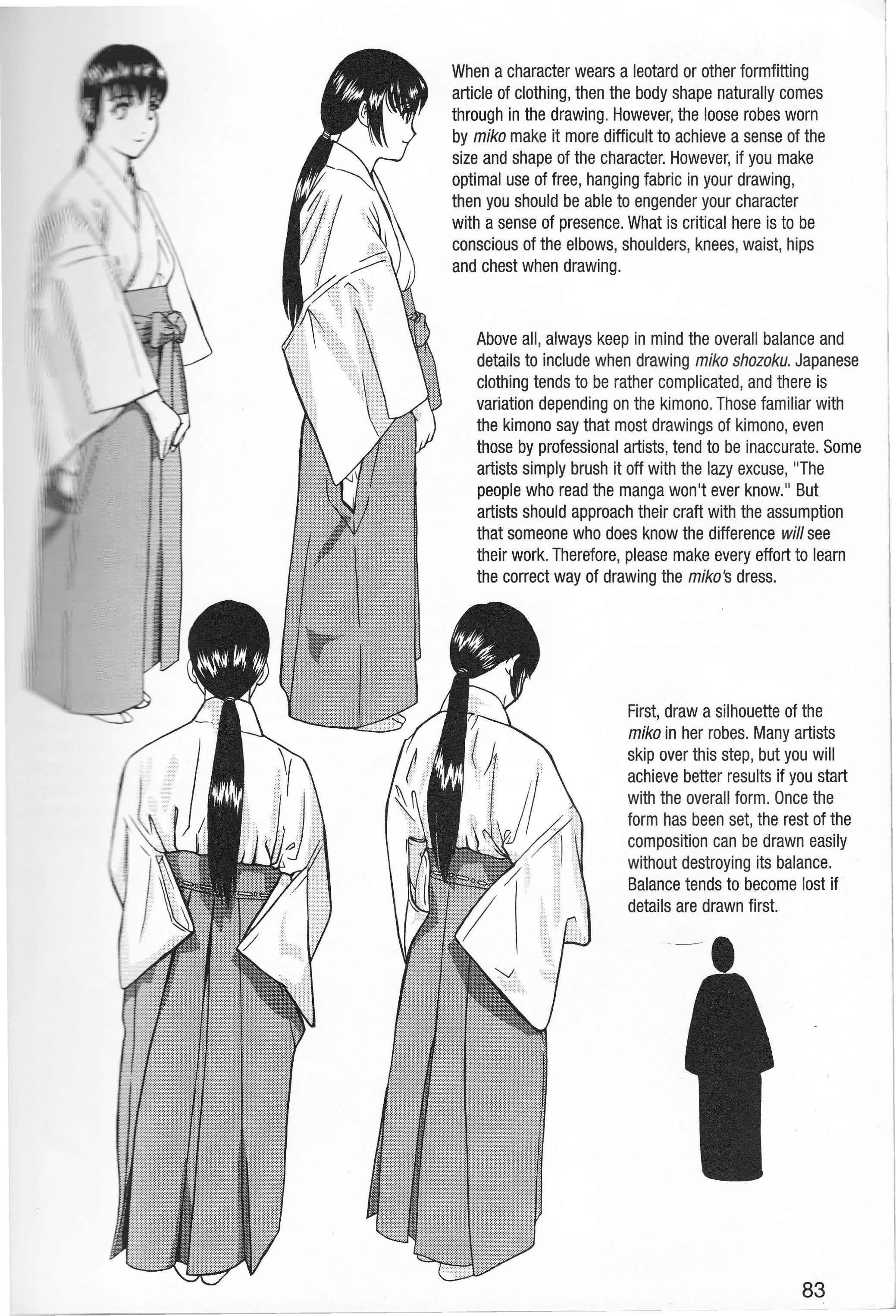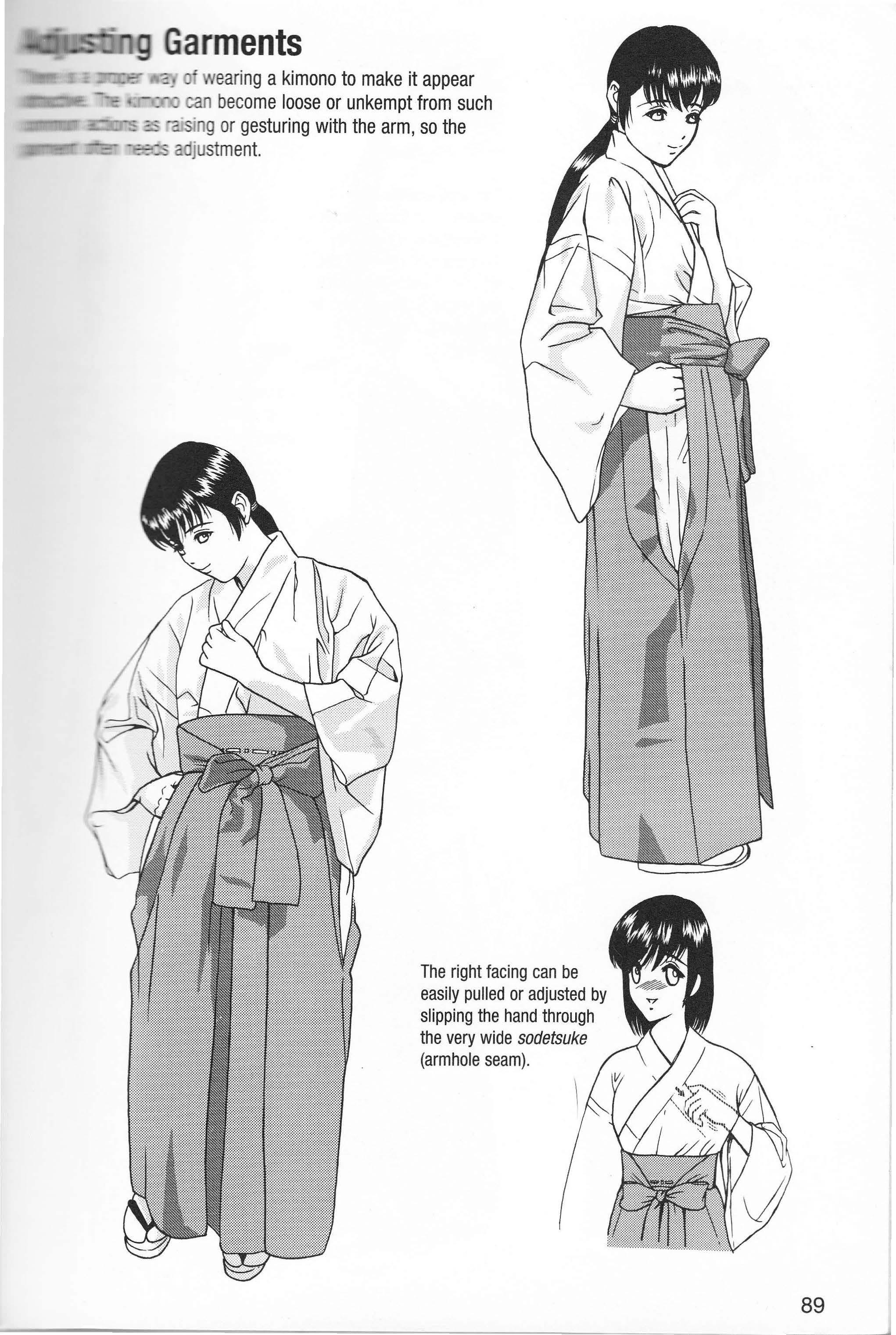
2 minute read
Miko
by Charlie San
The Basics of Miko Attire
A miko is engaged in the service of the Japanese Imperial Court or a Shinto shrine, arranging and conducting Shinto rituals and festivals. (Such servants are also called kamiko. The word miko is written in Japanese using multiple Chinesederived kanji characters.) The miko also acts as an oracle or medium, channeling divine spirits, departed souls and the sacred forces or spirits of natural objects into her own body, listening to their prophesies, and is able to make her own spirit pass outside of her body. In other words, she is able to engage in extracorporeal travels, communicating with spirits, and exorcising evil spirits that have possessed others. Generally speaking, the traditional miko was in fact a shaman.
During the Meiji Period (1868-1912), a time in which Japan became increasingly modernized, the role of the miko became mostly ceremonial and for entertainment's sake, with the spiritual duties left to a subgenre of miko known as the itako (spiritual medium).
The traditional clothing worn by miko is called miko shozoku. There are minor variations in the outfits worn by members of one Shinto sect to the next; however, the style depicted in this book is the most common.
When a character wears a leotard or other formfitting article of clothing, then the body shape naturally comes through in the drawing. However, the loose robes worn by miko make it more difficult to achieve a sense of the size and shape of the character. However, if you make optimal use of free, hanging fabric in your drawing, then you should be able to engender your character with a sense of presence. What is critical here is to be conscious of the elbows, shoulders, knees, waist, hips and chest when drawing.
Above all, always keep in mind the overall balance and details to include when drawing miko shozoku. Japanese clothing tends to be rather complicated, and there is variation depending on the kimono. Those familiar with the kimono say that most drawings of kimono, even those by professional artists, tend to be inaccurate. Some artists simply brush it off with the lazy excuse, "The people who read the manga won't ever know." But artists should approach their craft with the assumption that someone who does know the difference will see their work. Therefore, please make every effort to learn the correct way of drawing the miko's dress.
First, draw a silhouette of the miko in her robes. Many artists skip over this step, but you will achieve better results if you start with the overall form. Once the form has been set, the rest of the composition can be drawn easily without destroying its balance. Balance tends to become lost if details are drawn first.











